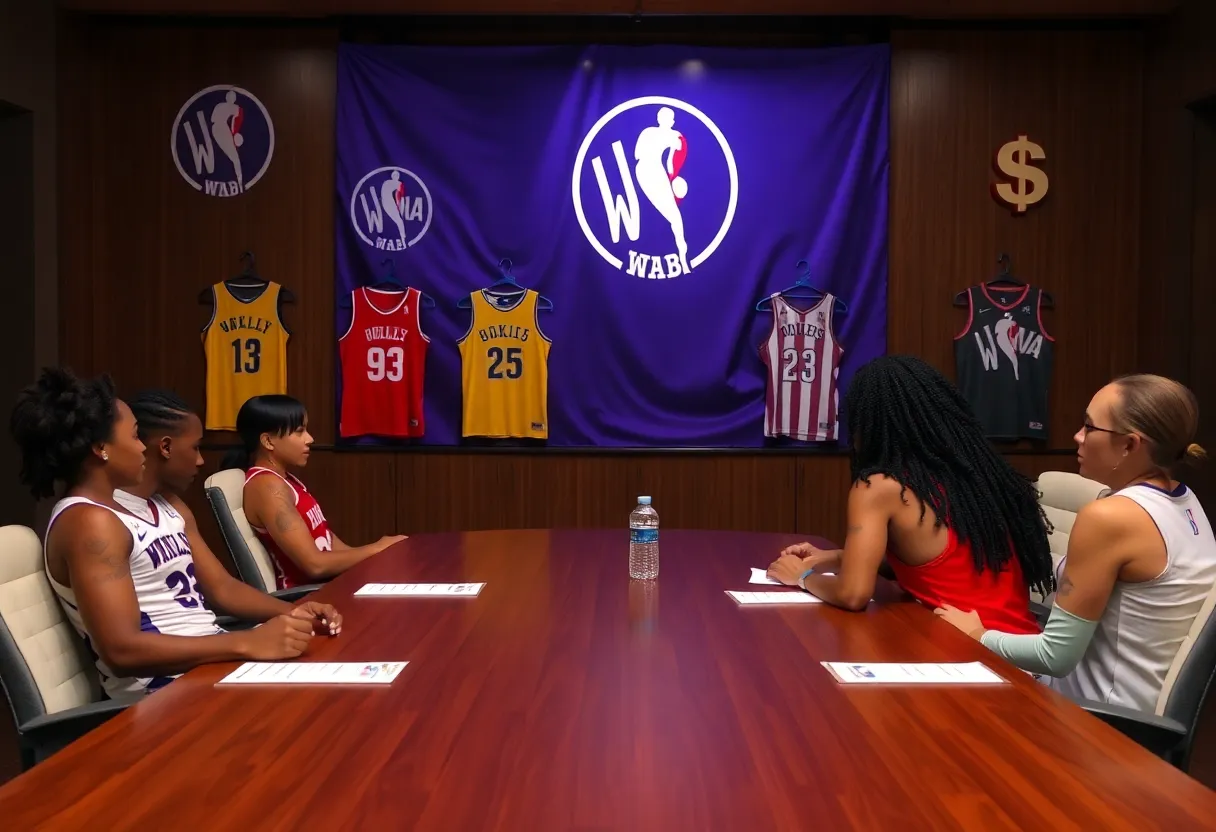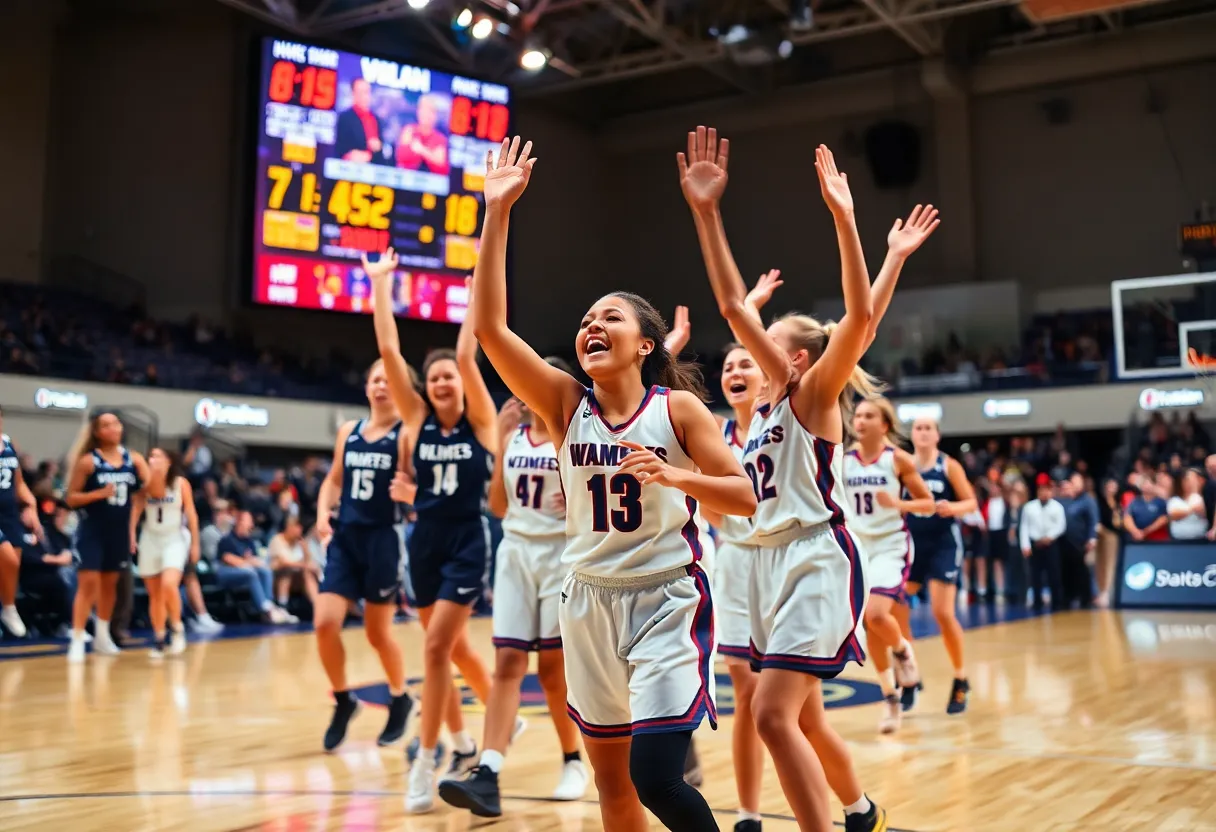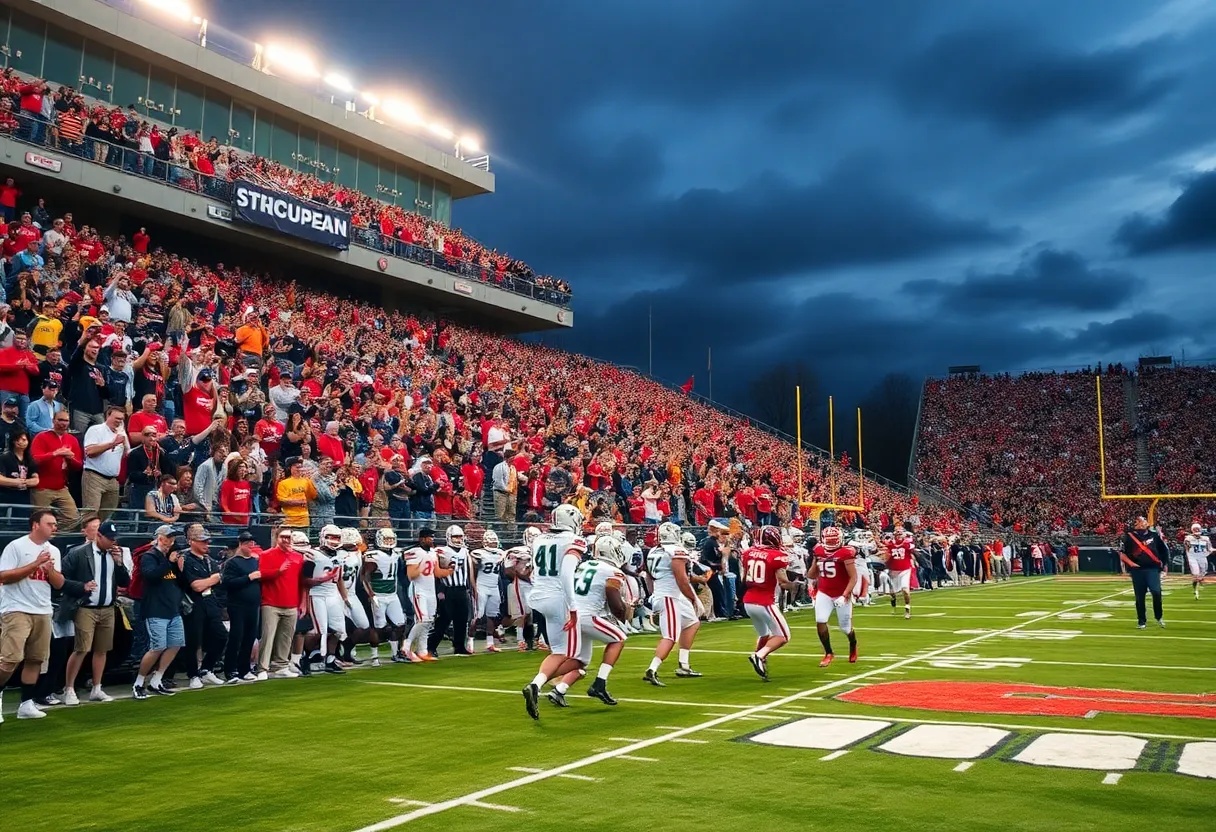New York, October 22, 2025
News Summary
The WNBA Players Association and the league are in critical negotiations for a new Collective Bargaining Agreement aimed at improving player salaries and working conditions. Commissioner Adam Silver indicates a significant salary increase is expected, but discussions over salary structure remain contentious. The current CBA expires soon, prompting both sides to address key issues like revenue correlation and overall player compensation. As 2025 approaches, the need for adjustments in salary caps and player conditions become more pressing amidst the growing popularity of women’s basketball.
New York – Negotiations for a new Collective Bargaining Agreement (CBA) between the WNBA Players Association (WNBPA) and the league are currently at a critical stage, as both parties seek to establish higher salaries and better working conditions for players. NBA Commissioner Adam Silver has assured that WNBA players can expect a significant salary increase under the new agreement. However, discussions surrounding the structure of player salaries remain contentious.
The current CBA, which the WNBPA opted out of last year, is set to expire on October 31. The league and players are racing against time to finalize a new agreement that appropriately represents the growing market and viewership of women’s basketball. The negotiations overlap with impending events, including an expansion draft for the Toronto Tempo and Portland Fire, as well as the start of free agency for veteran players.
One of the main issues at hand is how player salaries should correlate with the league’s revenue growth. WNBA players are advocating for a salary system that links their earnings to the league’s revenues, drawing comparisons with the NBA’s model, which calculates salary caps based on basketball-related income (BRI). Currently, the WNBA has a fixed salary cap that only increases by a predetermined rate of 3% annually. Critics argue that this structure does not adequately reflect the league’s expanding popularity and financial success.
Data has revealed the WNBA’s substantial growth in various areas, including attendance, merchandise sales, franchise valuations, and viewership. Furthermore, a new media deal worth $2.2 billion is on the horizon, enhancing the league’s financial outlook. Despite this, players such as Satou Sabally from the Phoenix Mercury have expressed concerns that the existing salary framework diminishes their share of the league’s economic success, potentially leading to a reduction in compensation percentage-wise compared to the league’s overall revenue.
As of 2025, the WNBA’s salary cap stands at $1,507,100, with the maximum supermax contract reaching $249,244 and the minimum salary at $66,079. This cap raises concerns among players regarding the adequacy of their compensation, further emphasizing the need for a salary revision. Additionally, players have conveyed their desire for improved conditions, including roster sizes, charter flights for all teams, and better officiating quality.
Commissioner Cathy Engelbert has acknowledged the importance of balancing salary increases with the league’s long-term viability and plans for expansion. She has faced criticism from players regarding her leadership, suggesting that she may not fully grasp the concerns related to player contributions that drive league revenue. While speculation has surrounded Engelbert’s position as commissioner, the WNBA has publicly denied any such claims, affirming their support for her leadership.
Throughout the negotiation process, Commissioner Silver has emphasized the need to shift the focus from percentage revenue shares to measurable salary increases in absolute numbers. He believes that addressing the ongoing dissatisfaction among players and repairing their relationship with league leadership is critical for achieving a satisfactory resolution to the negotiations.
As the deadline approaches, it remains to be seen whether the WNBA and the players will reach a consensus that adequately addresses salary concerns while also considering the long-term health of the league.
FAQ
What is the deadline for the WNBA Collective Bargaining Agreement negotiations?
The deadline for the WNBA Collective Bargaining Agreement negotiations is October 31.
What are the key issues in the current negotiations?
Key issues include the structure of player salaries in relation to league revenue growth and demands for better working conditions such as roster sizes, travel accommodations, and officiating quality.
What changes in salary can WNBA players expect?
NBA Commissioner Adam Silver has indicated that WNBA players will see a “big increase” in salaries in the upcoming collective bargaining agreement, although exact terms are still being negotiated.
How does the current WNBA salary cap structure work?
The WNBA’s current salary cap is set at $1,507,100 for 2025, with a maximum supermax contract worth $249,244 and a minimum salary of $66,079, which increases by 3% annually under the existing CBA.
Key Features of WNBA CBA Negotiations
| Feature | Details |
|---|---|
| Current CBA Expiration | October 31, 2023 |
| Current Salary Cap (2025) | $1,507,100 |
| Maximum Contract | $249,244 |
| Minimum Salary | $66,079 |
| Annual Salary Cap Increase | 3% |
| Media Deal | $2.2 billion on the horizon |
Deeper Dive: News & Info About This Topic
HERE Resources
Additional Resources
- ESPN: WNBA Players Expect Big Increase in Salaries
- Wikipedia: WNBA
- CBS Sports: Adam Silver Says WNBA Players Will Get Big Increase
- Google Search: WNBA Collective Bargaining Agreement
- New York Times: Adam Silver on WNBA Player’s Pay Increase
- Encyclopedia Britannica: WNBA
- Sportico: WNBA Offseason CBA Negotiations
- Google News: WNBA CBA Negotiations
- Sports Illustrated: Rebecca Lobo on WNBA’s CBA Negotiations
- Google Scholar: WNBA Salaries
Author: STAFF HERE HOUSTON TX WRITER
The HOUSTON STAFF WRITER represents the experienced team at HEREHouston.com, your go-to source for actionable local news and information in Houston, Harris County, and beyond. Specializing in "news you can use," we cover essential topics like product reviews for personal and business needs, local business directories, politics, real estate trends, neighborhood insights, and state news affecting the area—with deep expertise drawn from years of dedicated reporting and strong community input, including local press releases and business updates. We deliver top reporting on high-value events such as Houston Livestock Show and Rodeo, Art Car Parade, and Chevron Houston Marathon. Our coverage extends to key organizations like the Greater Houston Partnership and Houston Area Urban League, plus leading businesses in energy and healthcare that power the local economy such as ExxonMobil, Schlumberger, and Houston Methodist. As part of the broader HERE network, including HEREAustinTX.com, HERECollegeStation.com, HEREDallas.com, and HERESanAntonio.com, we provide comprehensive, credible insights into Texas's dynamic landscape.





